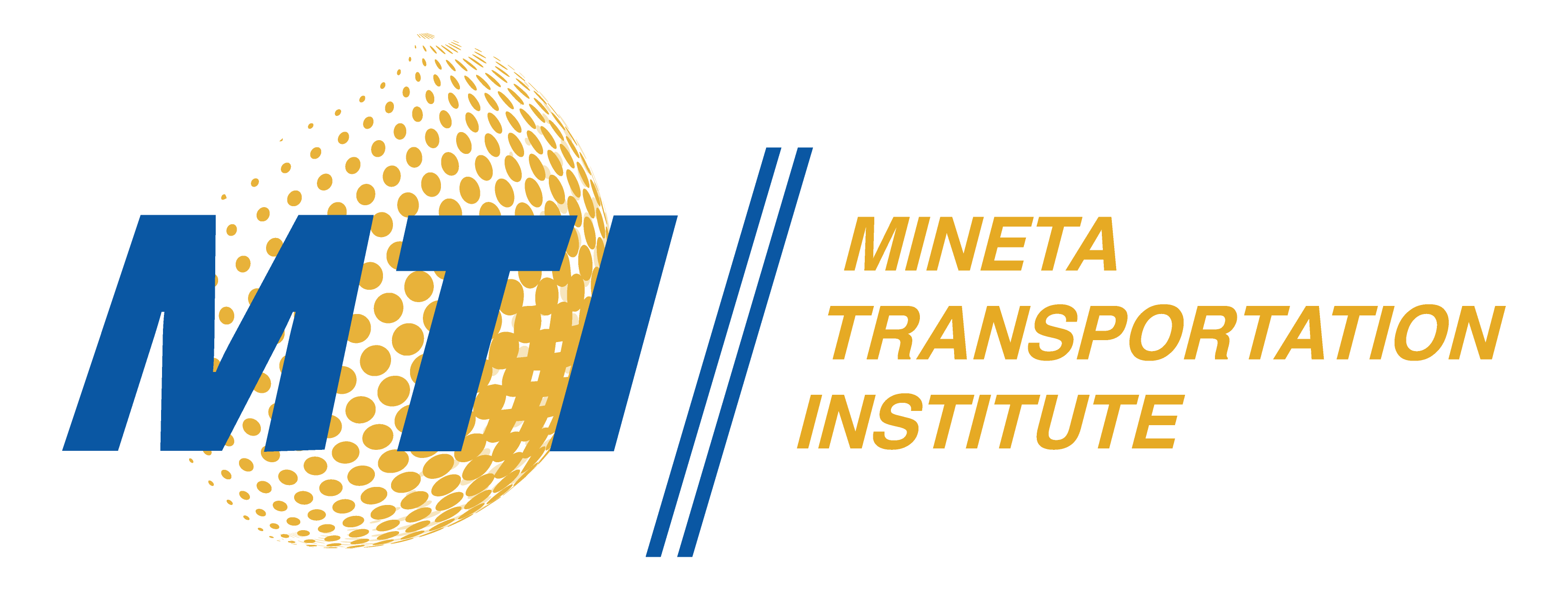Description
Green streets offer many potential benefits that include improving water quality, absorbing carbon (sequestration), and reducing urban heat island effects. This report summarizes: (1) the research team’s analysis of 14 tools calculating green streets benefits; and (2) the results of applying the most promising calculators to a select group of green streets case studies. The researchers are affiliated with the Mineta Transportation Institute, which serves the California Department of Transportation (“Caltrans”). The report presents the results of the case study analyses, with an emphasis on carbon sequestration benefits and improvements to pedestrian levels of service (PLOS).
Trees absorb carbon dioxide and other pollutants from the air, reducing the costs of future climate change mitigations and medical care. Key findings obtained using i-Tree Design suggest that the monetary value (CO2 and air quality) of planting street trees is small but significant, with total estimated benefits from street trees on seven case study sites ranging from a low of $1,466 to a high of $9,420 over a 20-year period. On a per tree basis, the lowest benefits come from site 3A (Cherry Avenue in San Jose) with $10 per tree, and the highest come from site 1A (San Pablo Avenue in El Cerrito) at $175 per tree.
While the Landis PLOS method accounts for the benefits of short street tree spacings (i.e., a high number of trees) and of having a continuous biostrip or planter strip serving as a pedestrian buffer, the method does not appear to be sensitive to tree spacings, though it is very sensitive to buffers. Therefore, the importance of having a biostrip or planter strip buffer between the sidewalk and street traffic is also reflected in the PLOS findings in this study.
While the measurable benefits of a handful of street trees may seem small, this study suggests that using i-Tree Design to add together the trees planted by local and state agencies has the potential to provide a compelling picture of the carbon sequestration benefits across California. Similarly, the use of Highway Capacity Manual (HCM)-based pedestrian level of service methods by transportation professionals can bring significant gains in the appreciation of green streets’ benefits.
Publication Date
9-2020
Publication Type
Report
Topic
Active Transportation, Planning and Policy, Sustainable Transportation and Land Use
Digital Object Identifier
10.31979/mti.2020.1807
MTI Project
1807
Mineta Transportation Institute URL
Keywords
Pollution control, Air quality management, Water quality management, Walkability, Complete streets, Green streets
Disciplines
Environmental Policy | Sustainability | Transportation
Recommended Citation
Christopher E. Ferrell, John M. Eells, Richard W. Lee, and Reyhane Hosseinzade. "Analysis of the Benefits of Green Streets" Mineta Transportation Institute (2020). https://doi.org/10.31979/mti.2020.1807
Research Brief

